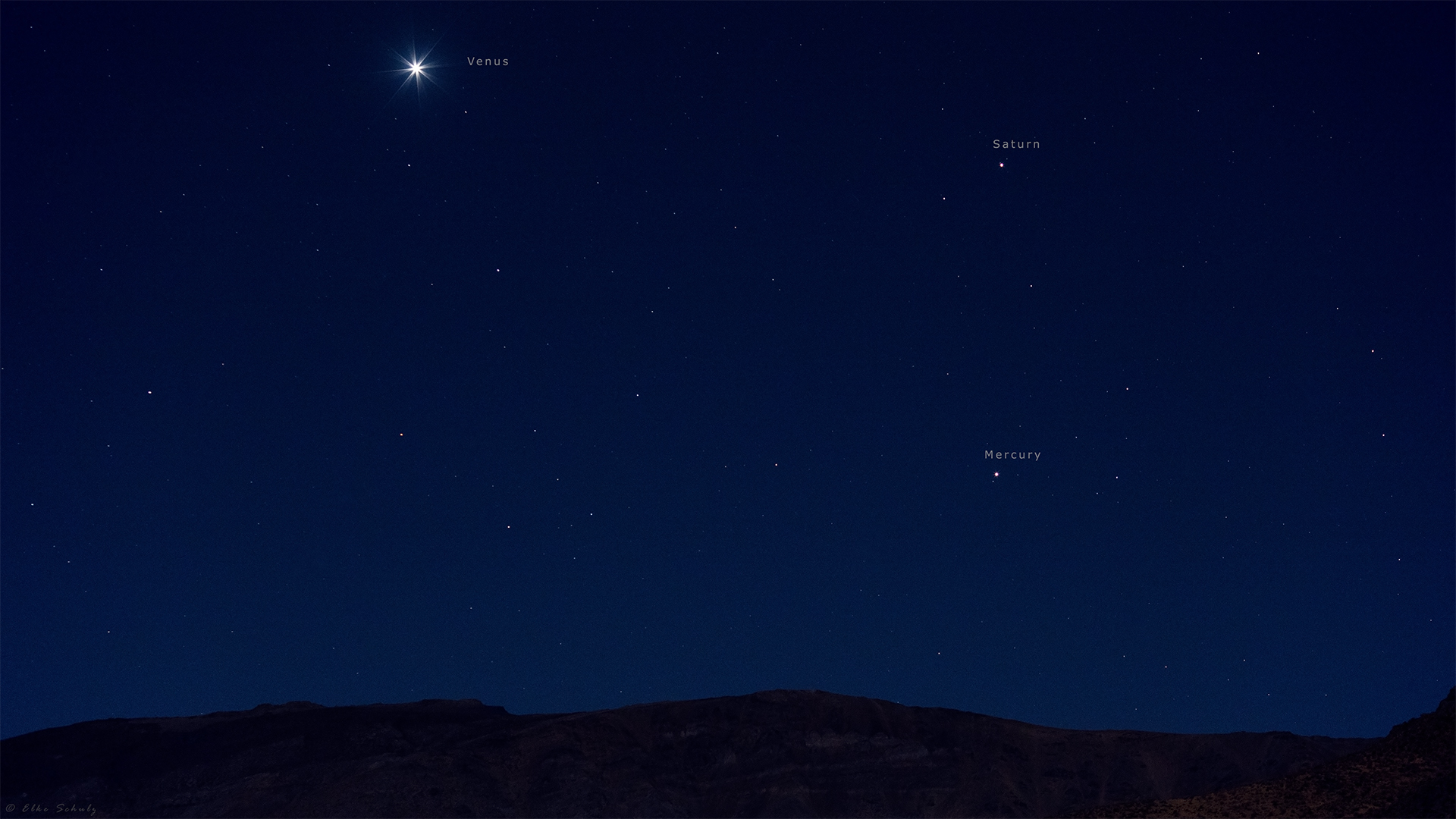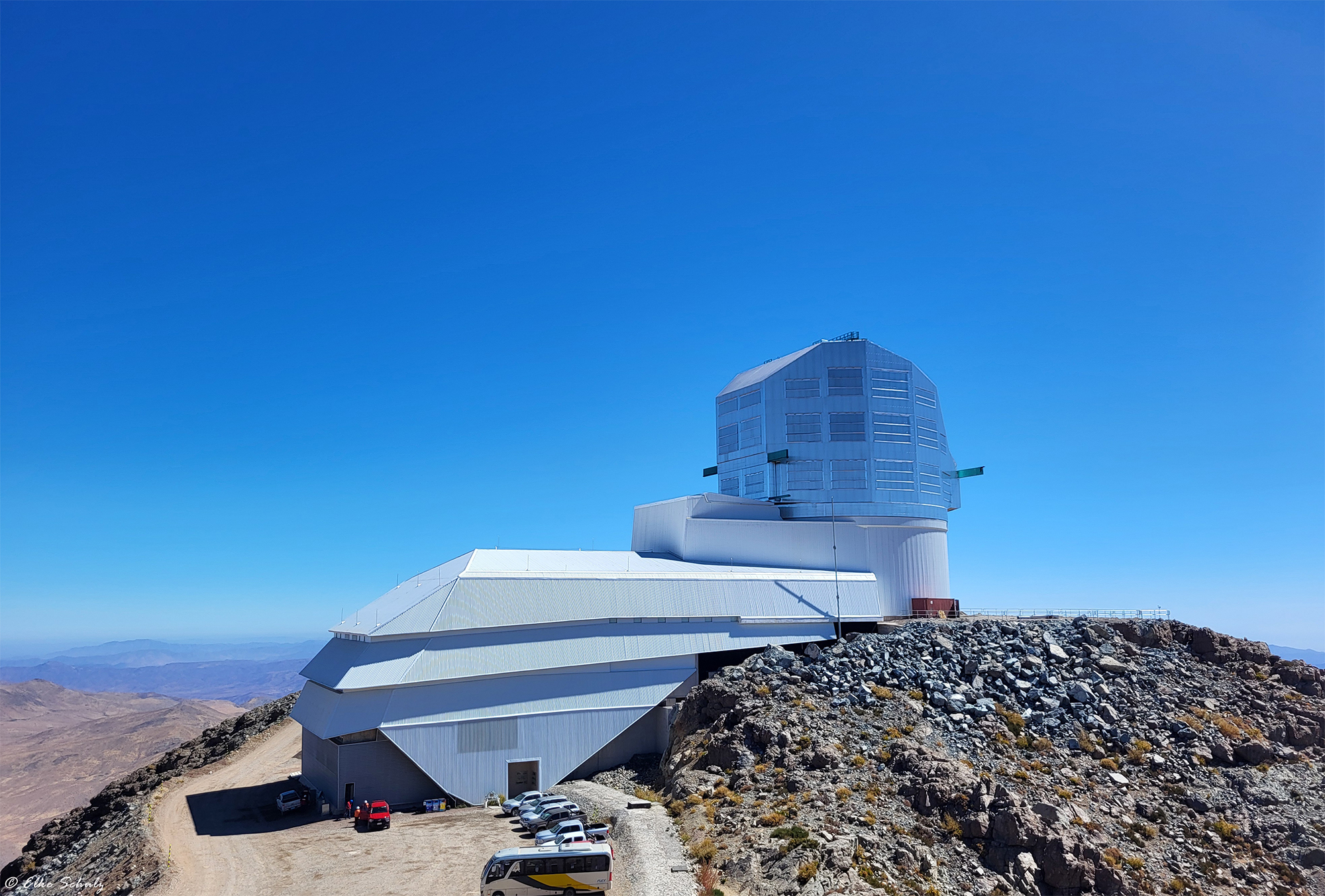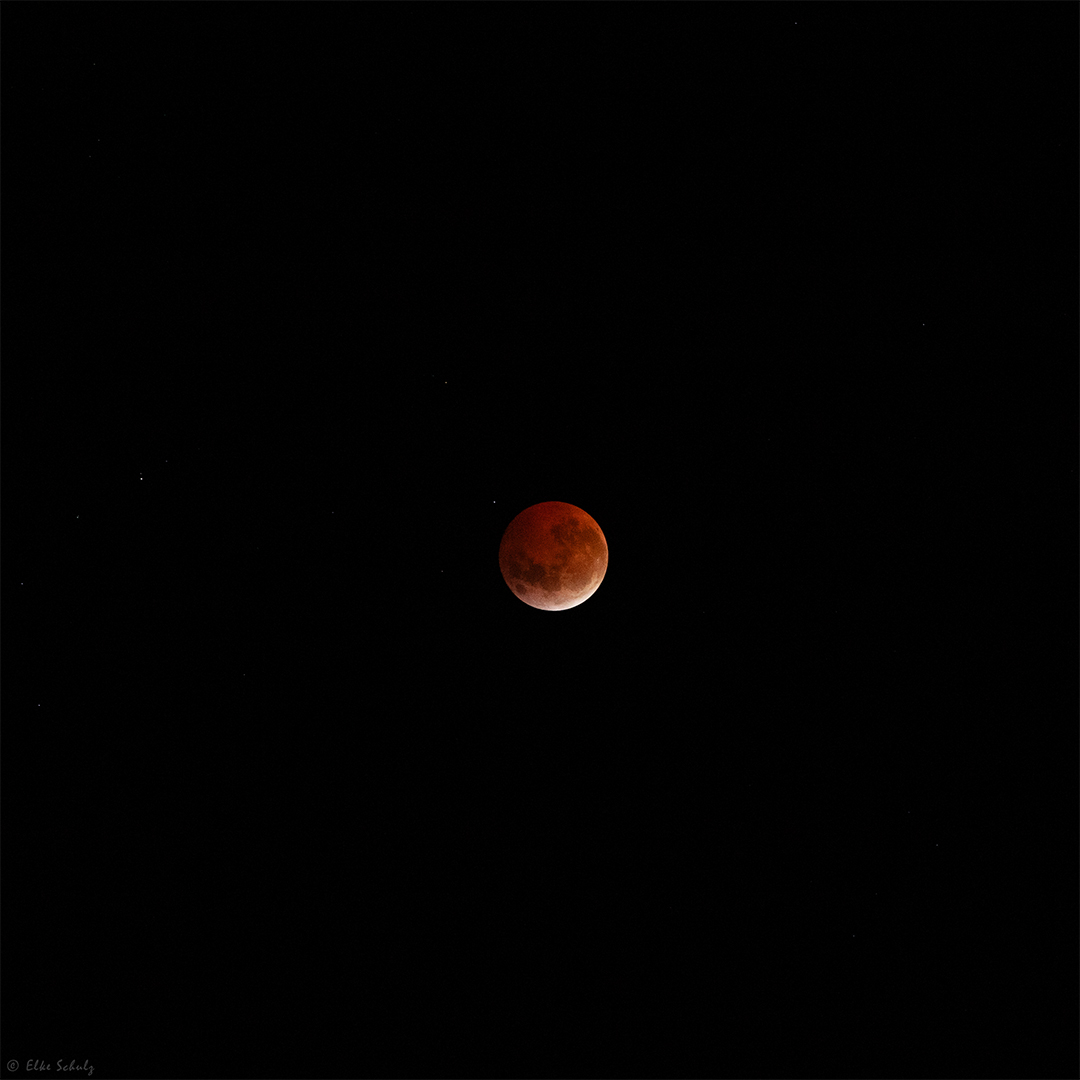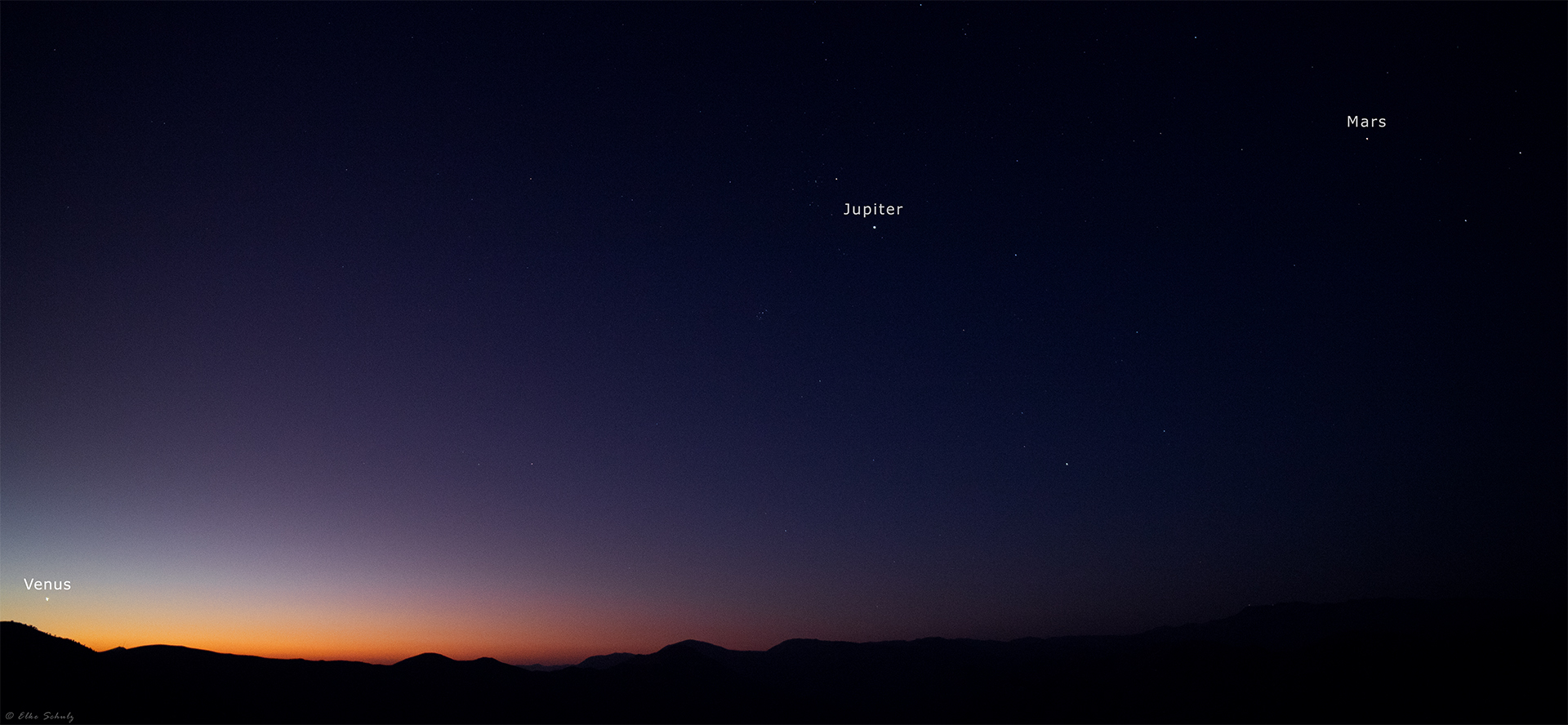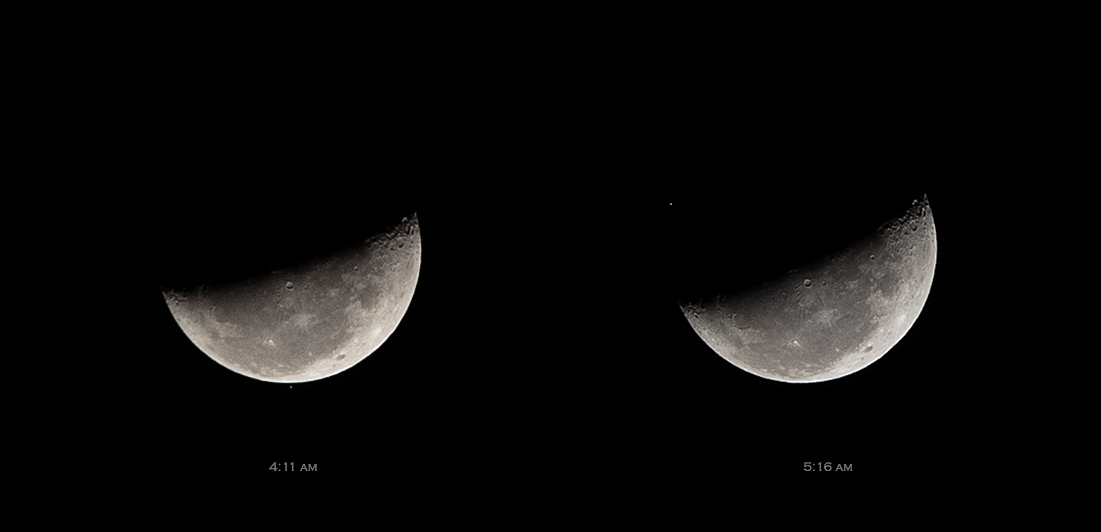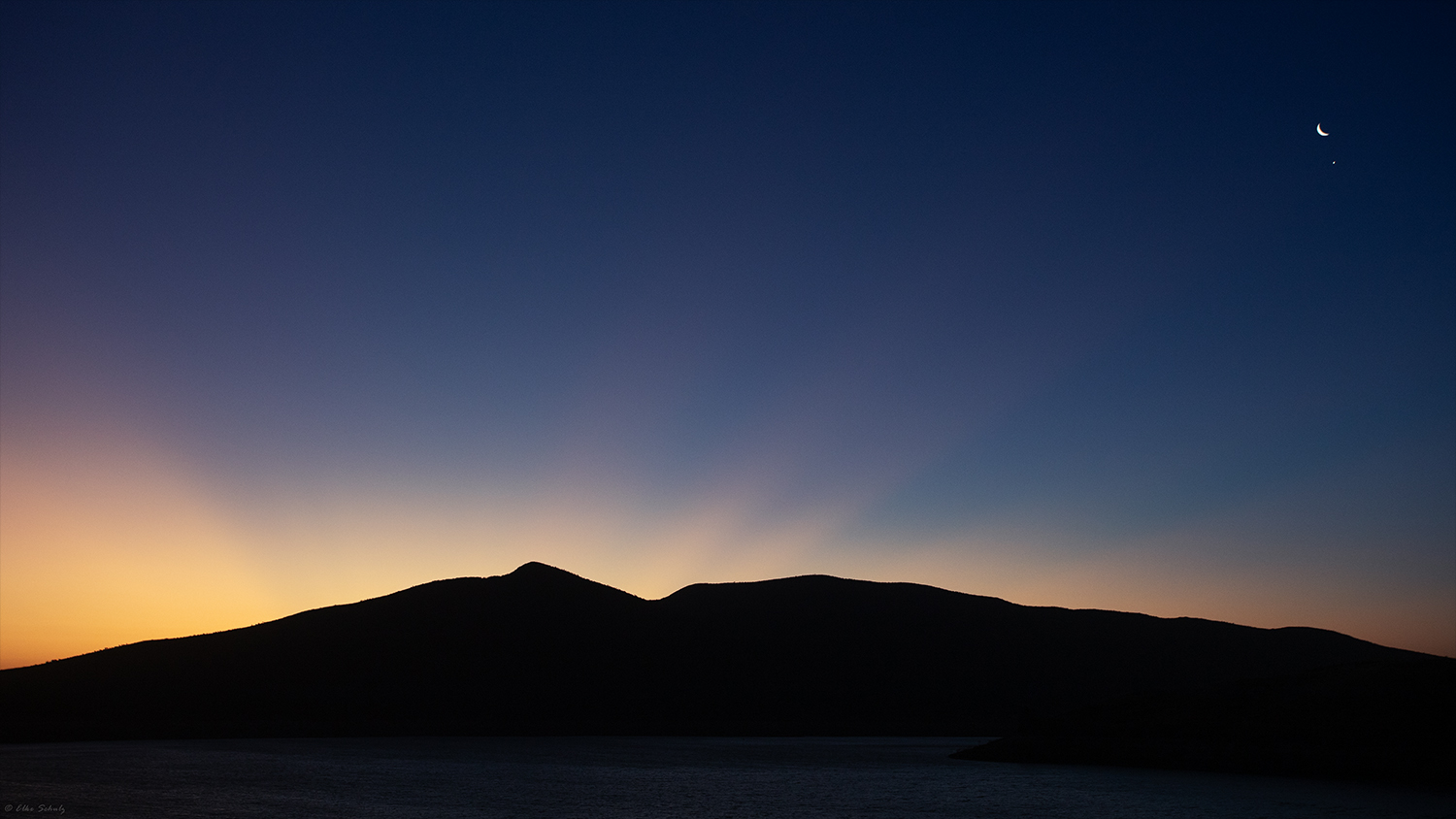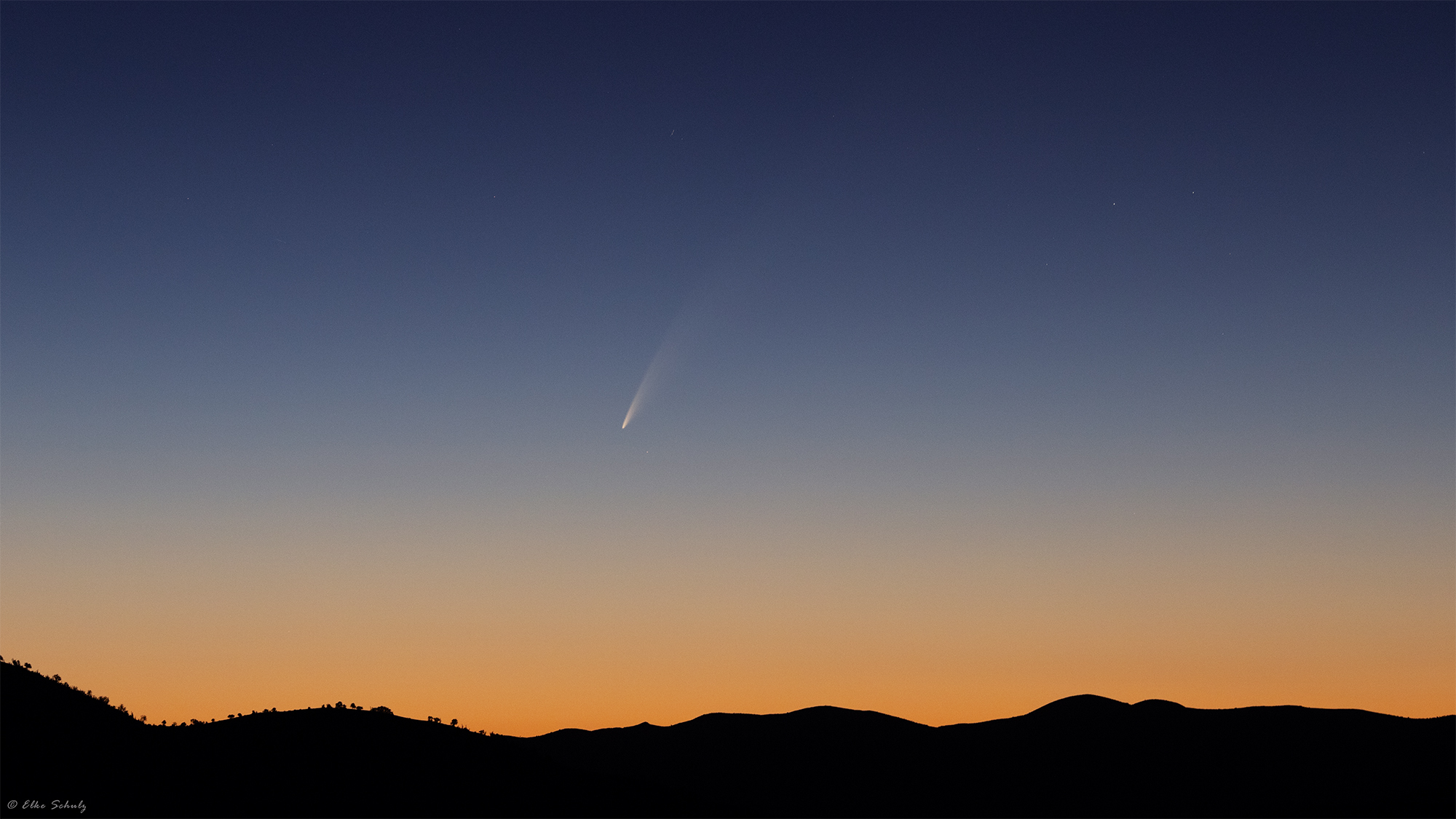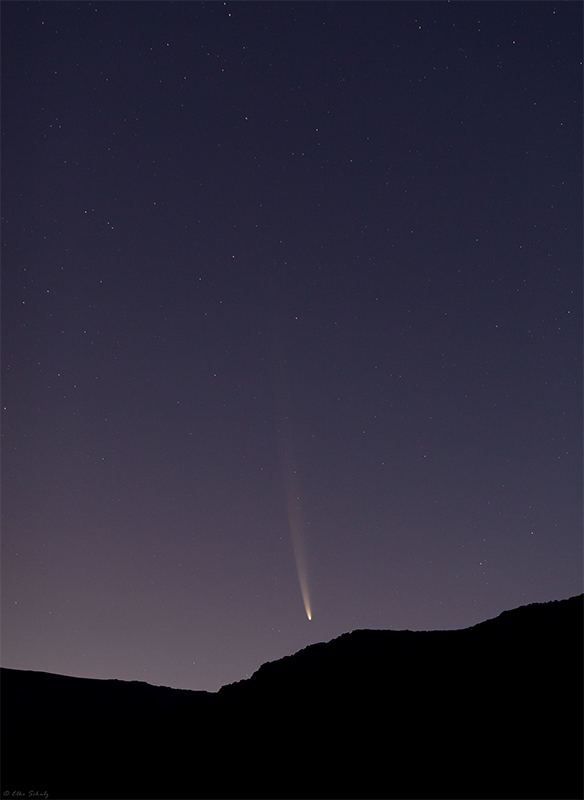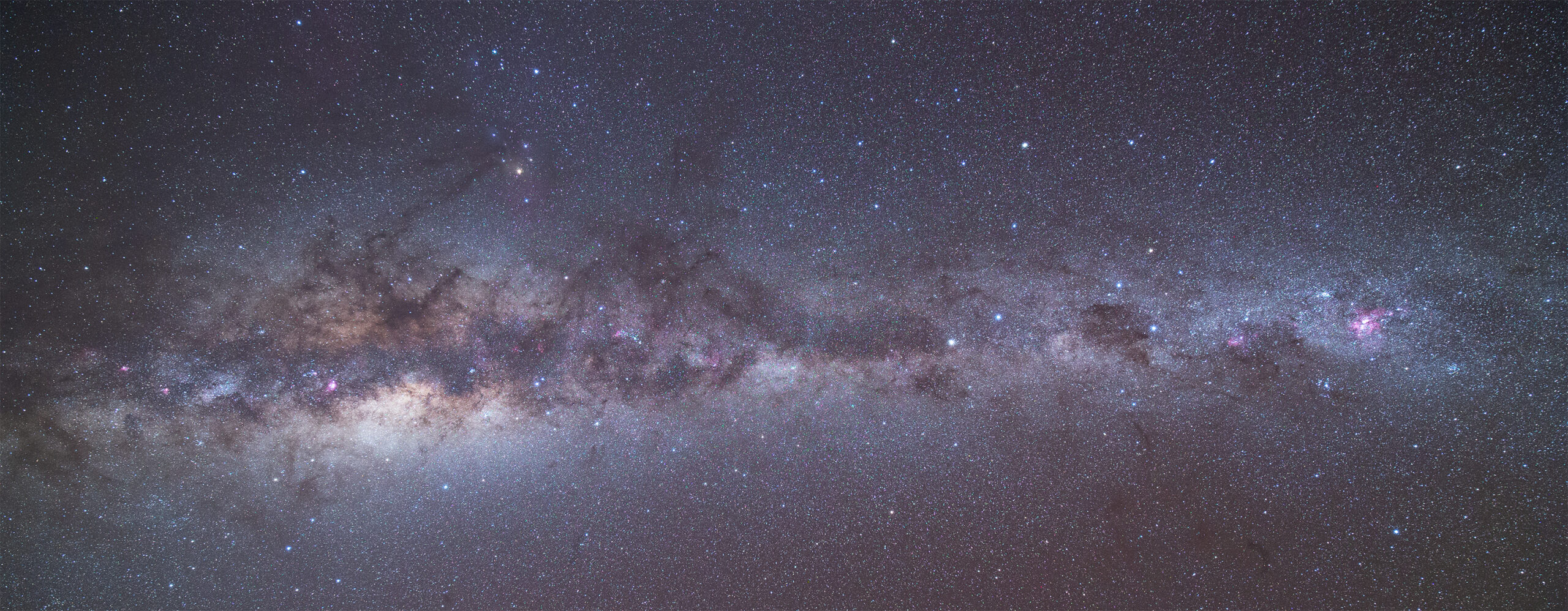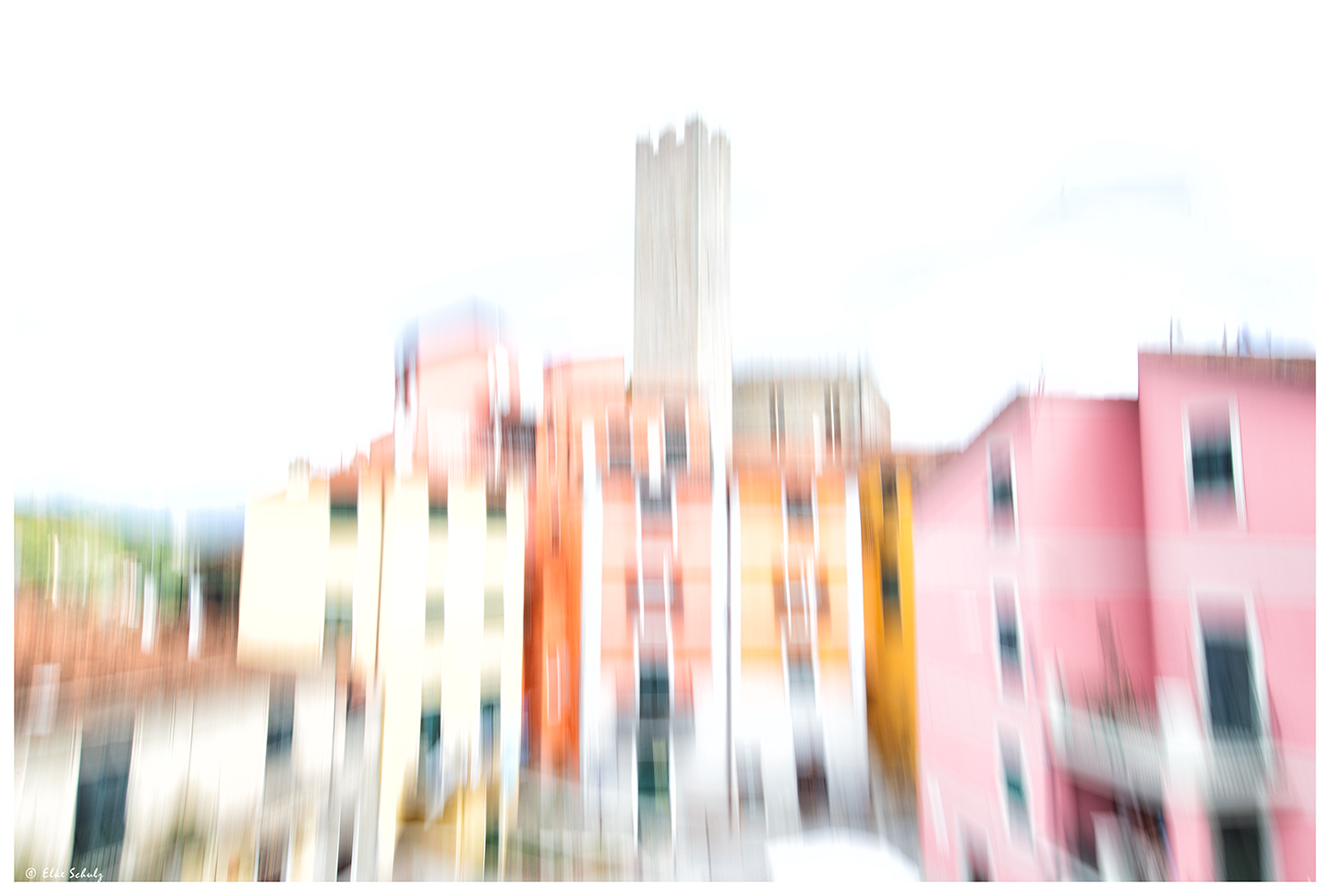Planetary Rendevous
A beautiful planetary alignment can be seen from the Southern Hemisphere these days as Venus, Mercury and Saturn meet up for a morning rendezvous. The three planets are easily visible to the naked eye about one hour before sunrise. Neptune also joins this celestial parade, but is only visible with binoculars or a telescope. This alignment is best visible from the Southern Hemisphere, as the planets rise relatively high above the
Visit of the Vera C. Rubin Observatory
I recently had the great pleasure of visiting the Vera C. Rubin Observatory on Cerro Pachón in Chile. This observatory is a very ambitious 10-year survey project that aims to create the deepest and widest image of the universe. Using a fast-moving telescope and a wide field of view, Rubin will scan the entire Southern Hemisphere over three nights. Each night, around 1000 images will be generated, which corresponds to
Total eclipse of the Blood Worm Moon
In the early morning hours of March 14, 2025, we were treated to a beautiful total lunar eclipse here in Chile. Altogether, totality lasted just over an hour, with the maximum (when the moon was closest to the center of the shadow) being reached at 3:58 am. The most wonderful thing, however, were the many stars that appeared during totality.
Planetary Alignment
Last night, I was lucky and was able to photograph three of the five naked-eye planets that can be seen in the night sky right now. At the time of the photo, Venus was close to the horizon, while Jupiter and Mars were shining high above. At that time, Saturn and Mercury had already set. Currently, there is a big hype about seven planets being visible at night. And yes, while
Moon Antares Occultation
A beautiful occultation of Antares by the moon was visible in this part of Chile in the early morning of February 21, 2025. In astronomy, an occultation occurs when an object in front of the observer is obscured by another object passing between them. In this case, the waning moon blocked the view of Antares, a red supergiant and the brightest star in the constellation Scorpius. The beginning of the occultation was
Crepuscular Rays
On February 1, 2025, I aimed for the close conjunction of the crescent moon with the planet Venus. But to my surprise, I was treated to some beautiful crepuscular rays at the same time.
Another naked-eye comet from Chile
Last night I was lucky and caught comet C/2024 G3 (ATLAS) from the Obstech El Sauce Observatory. In fact, I captured it just a few meters away from the ATLAS telescope, which discovered this comet on April 5, 2024. C/2024 G3 (ATLAS) is a non-periodic comet that reached its closest point to the Sun on January 13, 2025, at a distance of about 13 million km. The comet appeared very
Naked-eye comet from Chile
The comet C/2023 A3 was discovered by the Asteroid Terrestrial-impact Last Alert System (ATLAS) telescope in South Africa on February 22, 2023. Additionally, observers from the Tsuchinshan Observatory in China found the comet on images on January 9, 2023. Therefore, the common nickname for this comet is Tsuchinshan-ATLAS. However, observers had to be patient, as the comet was only clearly visible from the Southern Hemisphere in September of this year. It
Winter Milky Way from Chile
This gorgeous view shows the winter Milky Way during these nights in Chile. The image includes the constellations Sagittarius and Scorpius on the left, continues to Centaurus and the Southern Cross, and ends with the constellation Carina on the right. This is a single image taken with a 14mm lens on a DSLR piggybacked on a telescope. Click on the photo below for a larger view.
Cinque Terre Creative
A wonderful stay in the Italian region of Cinque Terre got my creative juices flowing. However, the creative boost did not end there, but also extended to the post-processing of the images. Click on the title to view more photos.




